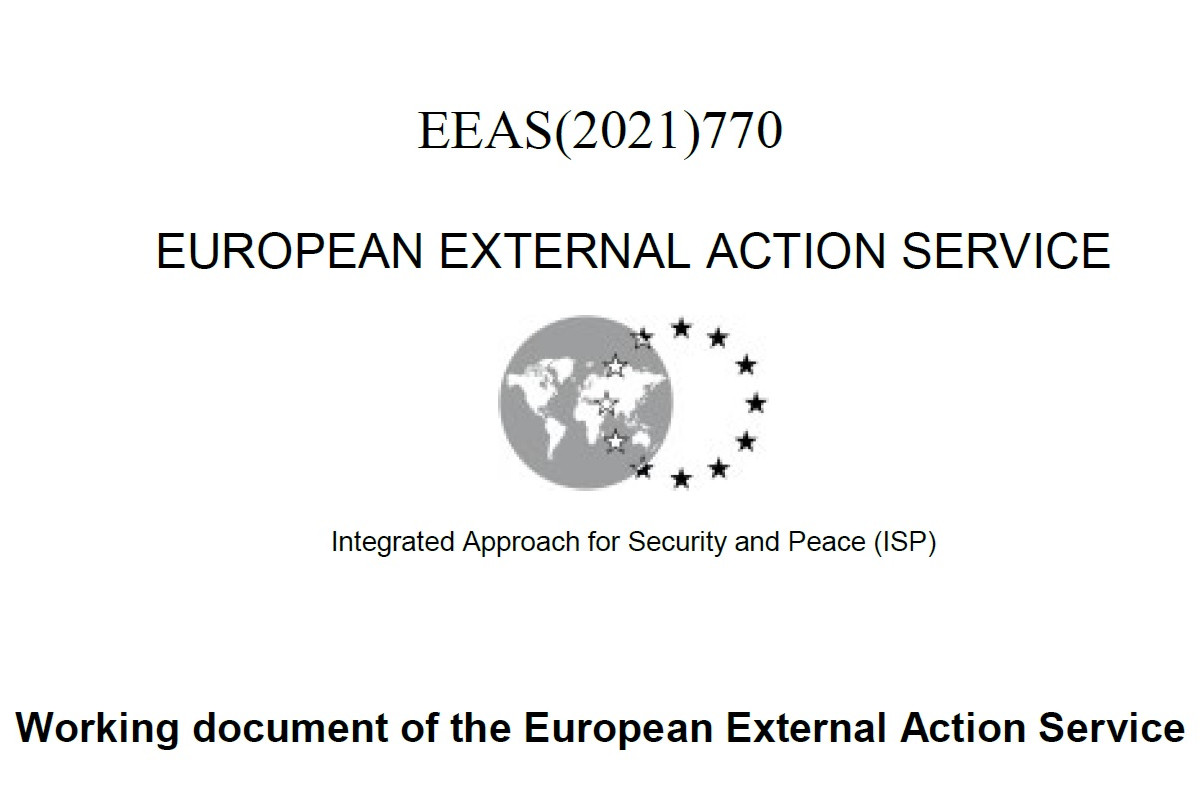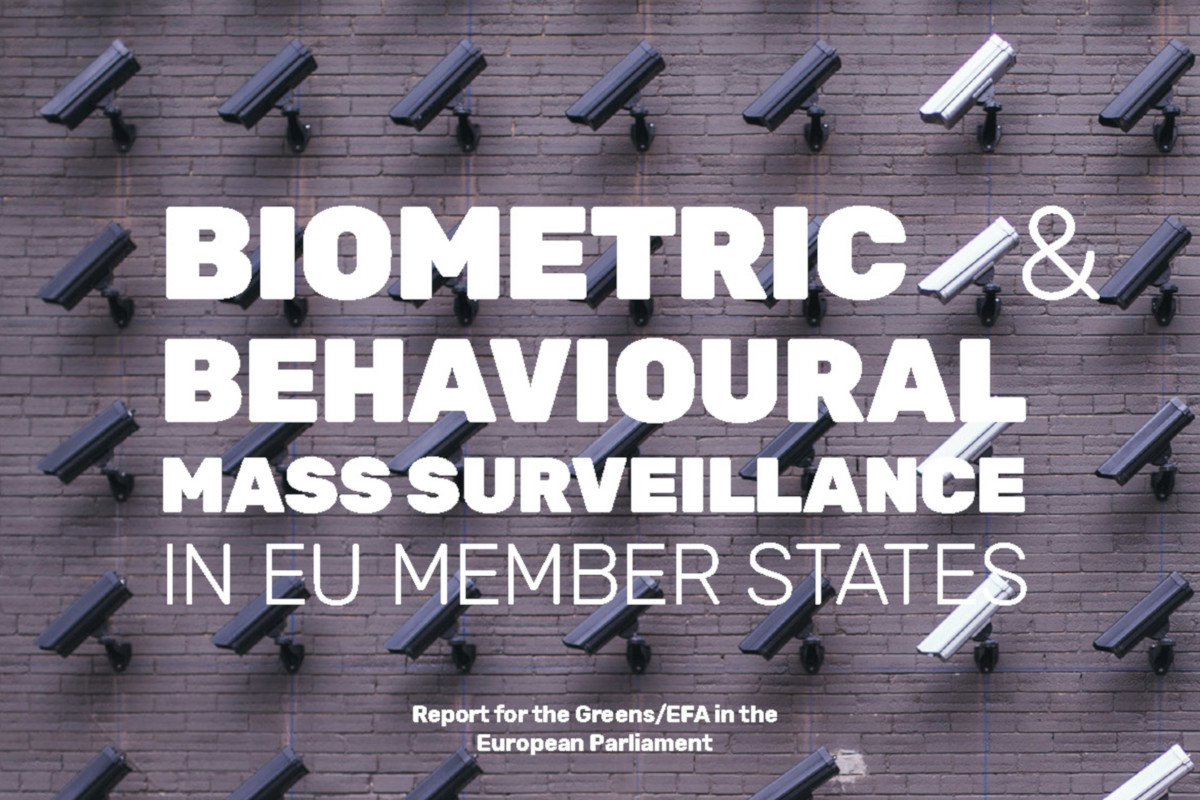EU: Integrated Approach on Climate Change and Security, Military Vision and Strategy on Cyberspace
Topic
Country/Region
28 October 2021
Two recent documents produced by the European External Action Service, the EU's foreign policy arm.
Support our work: become a Friend of Statewatch from as little as £1/€1 per month.
 See: Concept for an Integrated Approach on Climate Change and Security (EEAS(2021) 770, working document, 16 September 2021, pdf)
See: Concept for an Integrated Approach on Climate Change and Security (EEAS(2021) 770, working document, 16 September 2021, pdf)
"The possible international impacts of the global green transition should also be considered in the context of the climate and security nexus. Global efforts to combat climate change will have economic implications in countries relying on fossil fuel industries. If these countries and regions do not find climate-neutral alternatives to create economic welfare, the decreased demand for fossil fuels due to green transition efforts elsewhere could lead to adverse socio-economic effects and subsequently provoke or increase migration from these countries or regions. At the same time, many of these countries stand to benefit from the green transition given their vulnerabilities to climate related security risks such as extreme weather events and water scarcity."
See: European Union Military Vision and Strategy on Cyberspace as a Domain of Operations (EEAS(2021) 706 REV 4, 15 September 2021, pdf)
The document was approved by the EU Military Committee, a Council working party, on 15 September.
It notes:
34. To implement the EU's military vision for cyberspace as a domain of operations, seven complementary ways are required, which can only be achieved through a unified effort of all stakeholders in EU CSDP:
A. Ensure the achievement of the EU's strategic objectives in CSDP military operations and missions, through effective and interoperable cyberspace capabilities, and through appropriate organizations and personnel capable of handling the full range of cyber threats.
B. Integrate cyberspace as a domain of operations into EU CSDP military operations and missions, through the mainstreaming of cyberspace aspects into the full scale of EU crisis prevention and management, in particular by providing situational awareness, early warning, advance and crisis response planning, while strengthening the EU autonomous analysis capacity in order to better inform the decision-making processes.
C. Protect and defend cyberspace of EU CSDP military operations and missions, through the building and maintaining of effective cyber resilience of networks and systems.
D. Ensure effective and consistent cyber deterrence against potential adversaries of EU CSDP military operations and missions, through the coordinated and prioritized establishment, employment and communication of effective EU cyber defence capabilities, in line with the Framework for a Joint EU Diplomatic Response to Malicious Cyber Activities.
E. Ensure EU military CSDP unity of effort in cyberspace, through effective civil-military relationships and synergies in line with the integrated cross-domain approach to EU crisis management.
F. Strengthen the sustainability and interoperability of EU CSDP military operations and missions in cyberspace, through a deepened cooperation with international partners in the development, sharing and mutually supportive employment of cyberspace capabilities, in particular with NATO. Any cooperation has to respect the inclusiveness of all EU MSs and the decision-making autonomy principle of the EU.
G. Ensure EU state of the art cyberspace capabilities (for CO as well as for CD), resilience and sovereignty through joint, combined and coordinated research and development of technologies to encounter cyber threats.
And:
R. Civil-Military Cooperation and Harmonization
84. EU CSDP civil and military operations and missions, both, significantly rely on technological solutions and critical infrastructures, which depend on each other or are inter-connected, with many of them identical for both. Furthermore, military operations and missions may complement and provide security to civilian missions, in line with the Integrated Approach (IA). In addition, several CSDP assets, including HQs, depend on EU MS national critical infrastructures, which may be provided by civil and military service providers, alike.
85. The anticipated increase of information flow across civil-military boundaries of EU CSDP in the framework of IA and the need to protect geographically connected or closely intertwined civil and military operations and missions creates the necessity to harmonize civilian and military elements of cyberspace wherever feasible as well as to strengthen civil-military synergies in cybersecurity and CD.
Our work is only possible with your support.
Become a Friend of Statewatch from as little as £1/€1 per month.
Spotted an error? If you've spotted a problem with this page, just click once to let us know.
